Where to Plant a Vegetable Garden
This post may contain affiliate links, view our disclosure policy for details.
In this post, we’ll go over eight requirements that will guide you as to where to plant a vegetable garden so it will produce an abundance of vegetables. The location of your vegetable garden is very important to its success so let’s make sure we plant the garden in the right location.
So you decided you want to venture into the world of vegetable gardening. Maybe you are tired of the tasteless vegetables at the grocery store, or maybe you want to be a little bit more self-sufficient.
Maybe, you want your kids to see how food grows. or maybe you just need some garden therapy… There are many reasons to start a vegetable garden, and they are all good.
I’ve been growing a garden for many years now and even though it’s hard work, it really is one of the most rewarding things to do.
To be able to see a tiny seed turn into a huge and productive plant, to pick your own fresh vegetables, to see your kids go pick tomatoes right from the vine to snack on in the middle of a summer day… To me, it’s priceless.
Where to Plant a Vegetable Garden…
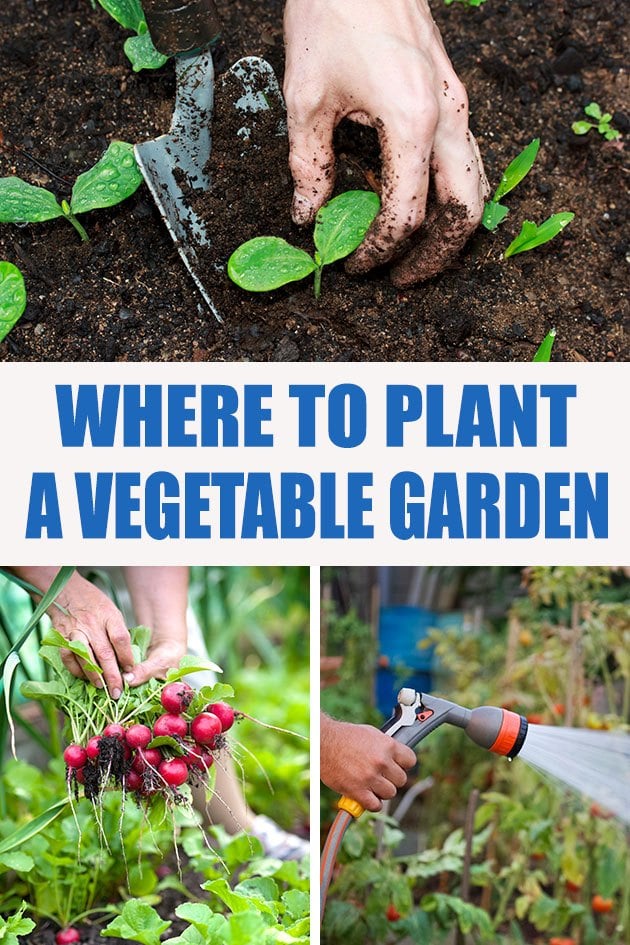
But, let me admit, that my first garden was on a shady slope. After a season of tending to it, I didn’t have much to show for the hard work.
The plants struggled to see the sun in between the tall trees and get the right nutrients from the dead dirt. I had no clue what I was doing but I was determined to learn.
I moved that garden after the first year and since then have designed and planted many more gardens including a huge one for the local farmer’s market.
I realized back then that the location that I choose for my garden has a huge effect on its success and that I can truly be successful and produce a lot of vegetables even in my first year of growing a garden if I choose the right location for it.
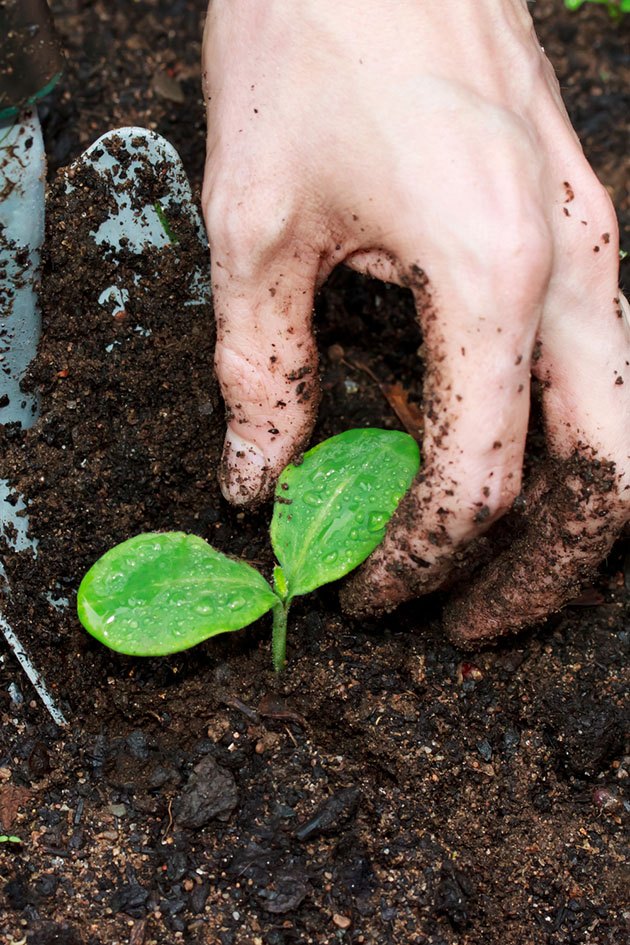
So if you have decided to start a new garden or if you decided to relocate your garden because it’s not currently producing well, I invite you to take a moment and make sure you are doing this right.
Choosing the right location for your vegetable garden is a very important step and no one wants to relocate a garden later.
Choosing the Right Location for a Garden…
Let’s go over eight things every gardener should consider while looking for the right spot for their new vegetable garden.
#1 – Sunlight…
The majority of vegetables need between 8-10 hours of sun for optimal growth. You get less sun; you’ll get less vegetable production.
So take a notepad, and for a week or so, observe the location you have in mind. Write down when the sun is shining on it and when it’s in the shadows. Then, calculate how many hours of sun you get there.
One important thing to remember is natural changes that you can’t manipulate. For example, I set a small garden on the edge of the woods in our yard a few years ago.
I did that in early Spring when the trees still didn’t have their leaves on. There was plenty of sunlight there at that time of the year, it looked like a great location, and I was very happy. I planted my seeds, they germinated and started growing beautifully.
Until the leaves started growing on the trees. Before I knew it, the garden was in the shade for the first half of the day, and I had to harvest half mature lettuces.
Your site might not look the same year-round, so consider that when choosing a location.
#2 – A Reliable Water Source…
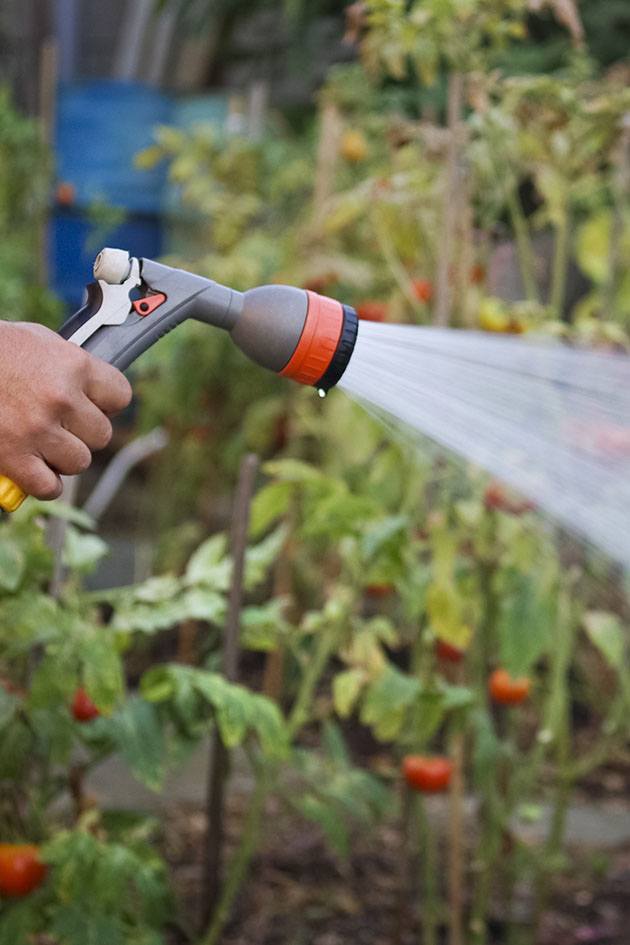
There are a few ways to reduce your garden’s water consumption (like mulch, for example).
But any way you look at it, you’ll need water at some point. A water source can be a hose receiving city water, a pond, a water barrel collecting rainwater, or even a stream. Just make sure it’s a reliable, clean source.
You might also decide that you’d like to save yourself the hours of standing in the garden holding a hose and watering. If you are planning to set up a drip irrigation system or maybe sprinklers, make sure you take this into consideration.
It might not be something you’ll do right away, but you don’t want to have to redo your outdoor plumbing later on because you decided to install drip irrigation.
#3 – Accessibility…
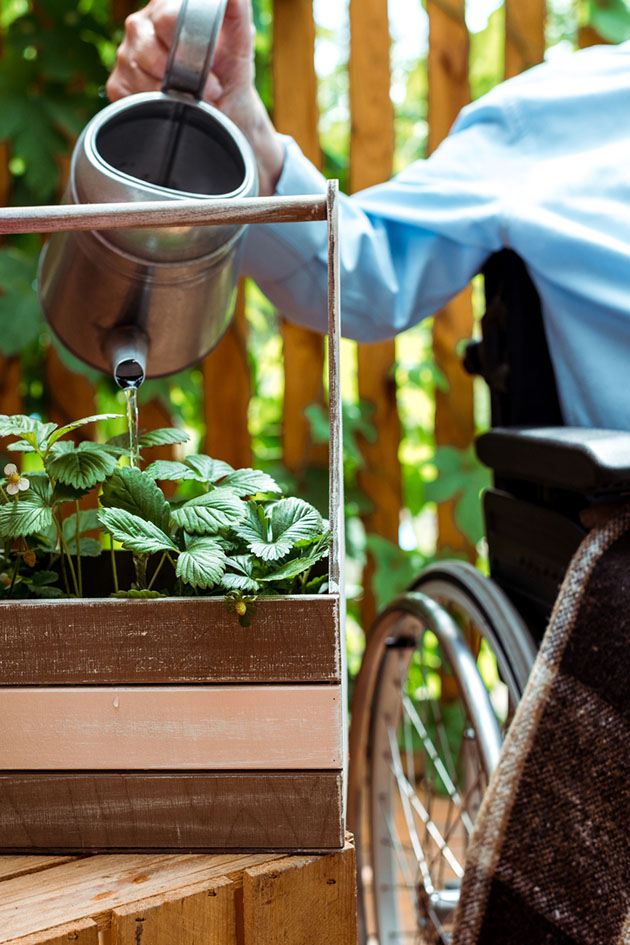
The purpose of a kitchen garden is to serve the kitchen. If it’s half a mile away from the kitchen, that might be hard to do. Make sure you have easy access to your future garden, so when you need a green onion for supper, it’s not too far away.
Also, maybe you have an older person in your family that would love to spend time in your garden… Make it easy for them. Maybe you have someone in a wheelchair in your family, make it easy for them to access the garden.
A garden has so many healing effects on everyone’s soul and it’s a joy to share this energy with everyone. So think beyond yourself and try to make sure others can enjoy your garden.
#4 – Soil Quality…
You can, if you want, take soil samples and send them to the lab through your cooperative extension office (this service is usually free) so that you have a better idea of what you are working with.
Most vegetables need a soil pH of between 6.2 and 6.8 while the phosphorus and potassium index should be between 50 to 70. However, soil quality might not be as important as you think (for the small kitchen garden) because soil can and should be improved all the time.
Don’t let bad soil discourage you. Always add lots of compost and use soil supplements. If your soil is really bad, consider building raised garden beds and filling them with good garden soil.
#5 – Drainage…
Good drainage is especially important in areas that get lots of rain.
Here in NC, we usually have very wet springs. If your soil doesn’t drain properly, the roots of your vegetables will rot in the ground, causing the plant to die.
To check if you have good drainage, dig a hole approximately one foot wide and one foot deep. Fill the hole with water. When it drains, fill it again, and then again.
If it drains three times in 12 hours, your drainage is good. If not, consider building raised beds to improve drainage.
#6 – Strong Winds…
Strong winds place vegetable plants under a lot of stress and slow their growth. Try to choose a location where trees or buildings block the winds.
#7 – Distance From Other Plants…
Nearby plants can shade your garden and send roots that will compete with your vegetables and interfere with their proper growth.
The rule is: plant your garden a distance away from other plants (trees or bushes, for example) that is at least equal to the height of those plants. So plant your garden 5′ away from shrubs that are 5′ tall.
#8 – Room to Grow…
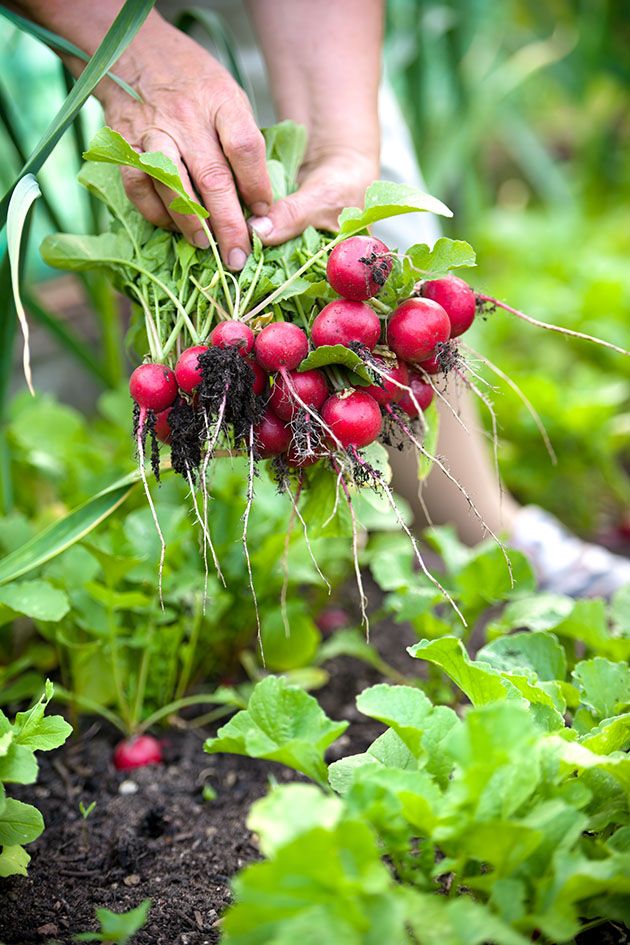
Gardening is addictive! After you taste your first tomato right off the vine, still warm from the summer sun and so juicy and flavorful, you’ll realize that you never really ate a tomato before.
Going back to store-bought tomatoes will simply be not up to snuff. Plus, you’ll start wondering what else you might be able to grow…
Then you’ll think about maybe trying to grow vegetables during the fall and winter… Then you’ll venture into mushrooms, flowers, fruit trees, specialty crops, giant pumpkins, wheat…
OK, maybe I got carried away a bit (or not). Anyway, the bottom line is, start small but try to choose a location that will allow you to expand if you want to in the future.
A Simple Workbook to Help You…
My garden workbook is here to help you plan, record, and manage a productive vegetable garden planning to harvest. It’s packed of information and printables. Check it out by clicking the button below.
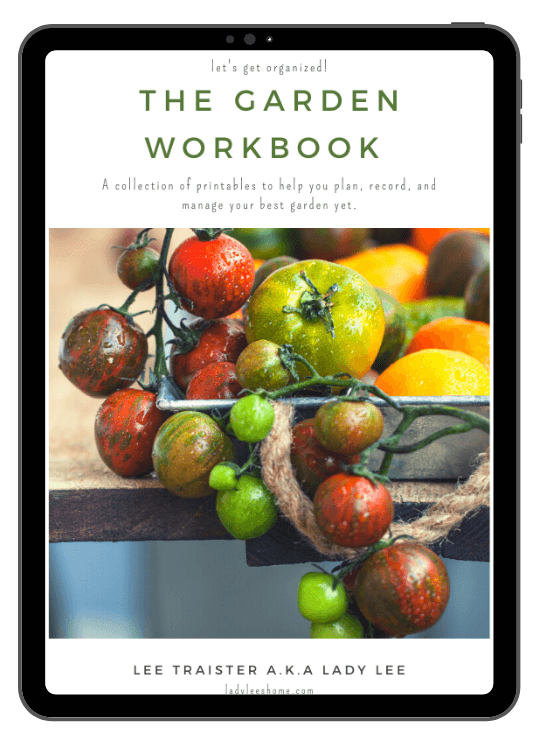
The Garden Workbook is Here!
In part one of this book, we’ll go over how to set up and grow your best garden yet.
Part two consists of 16 garden printables to help you plan, record, and manage your garden properly!
It might seem like a lot to think about (check out a few more things to consider before planning a vegetable garden), but it’s not that bad. It is, however, a very important decision that will dictate the success of your garden.
I hope that this post is helpful to you!
You should definitely take a moment before planting a vegetable garden to consider where the best place would be for it, but honestly, you can’t go wrong with planting some vegetables! The best way to learn is always by doing.
Happy gardening, friends!
If you liked this post, make sure to check out these ones as well…
How to Create a Planting Schedule
Starting Vegetable Seeds Indoors
Starting Seeds in Toilet Paper Rolls
How to Start a Garden Where Grass is Growing

The Garden Workbook is Here!
In part one of this book, we’ll go over how to set up and grow your best garden yet.
Part two consists of 16 garden printables to help you plan, record, and manage your garden properly!
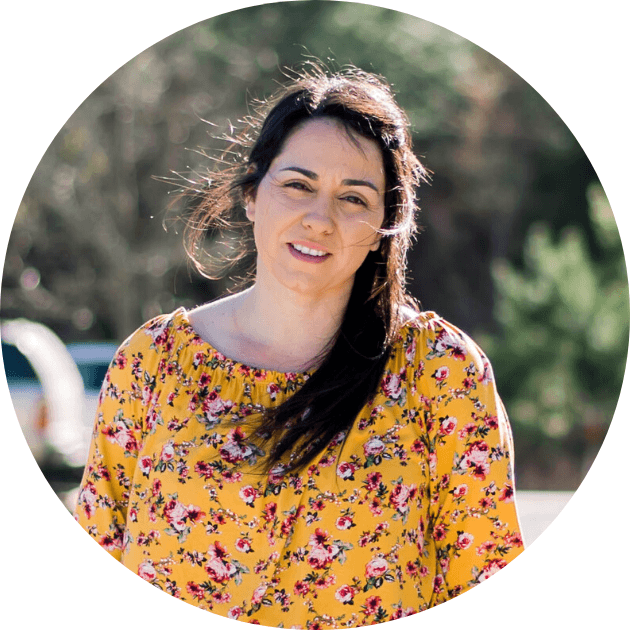
Hi! I’m Lady Lee. I help homesteaders simplify their homesteading journey while still producing a ton of food! I am a single mother of four, I was born in Israel and raised in an agricultural commune called a Kibbutz. Now I homestead in central NC.

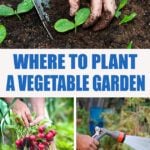
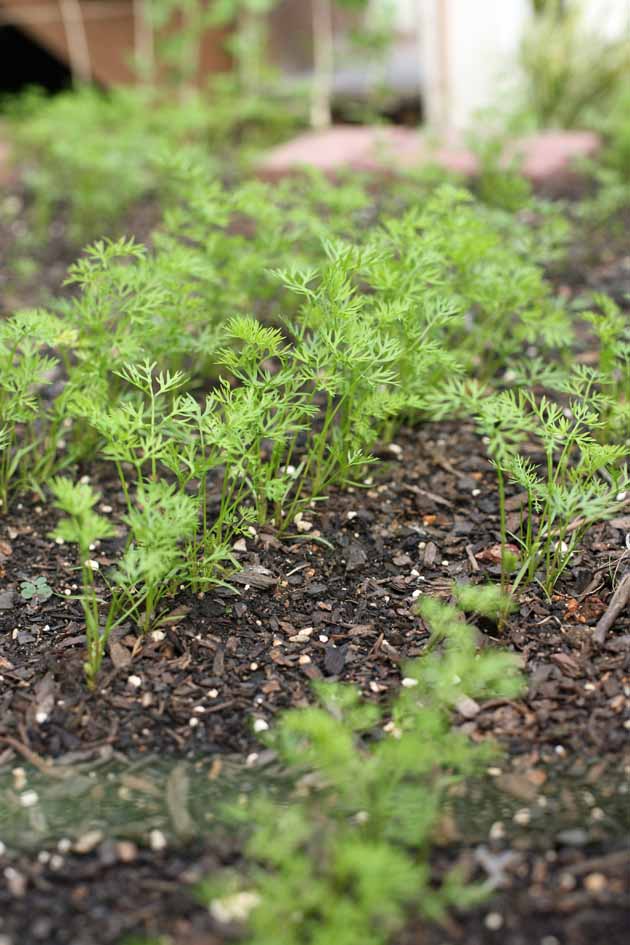
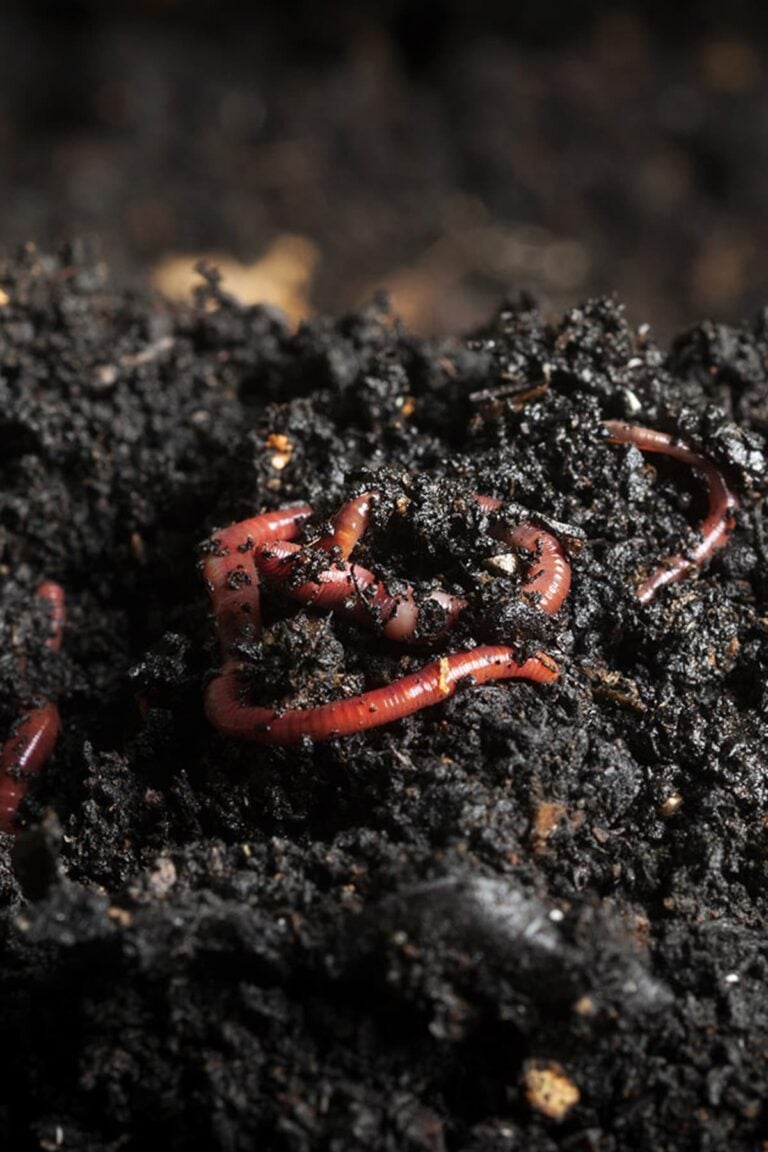
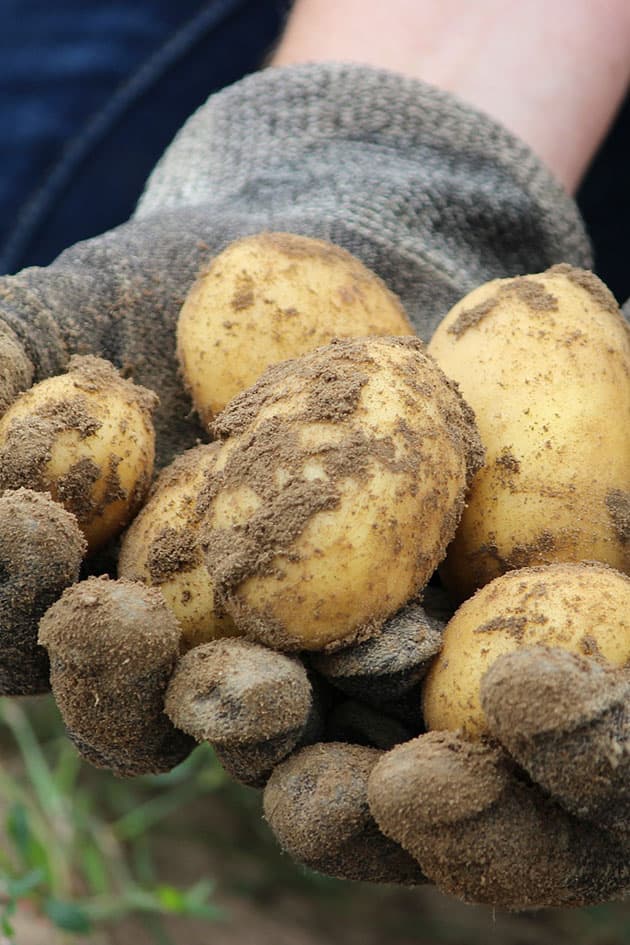
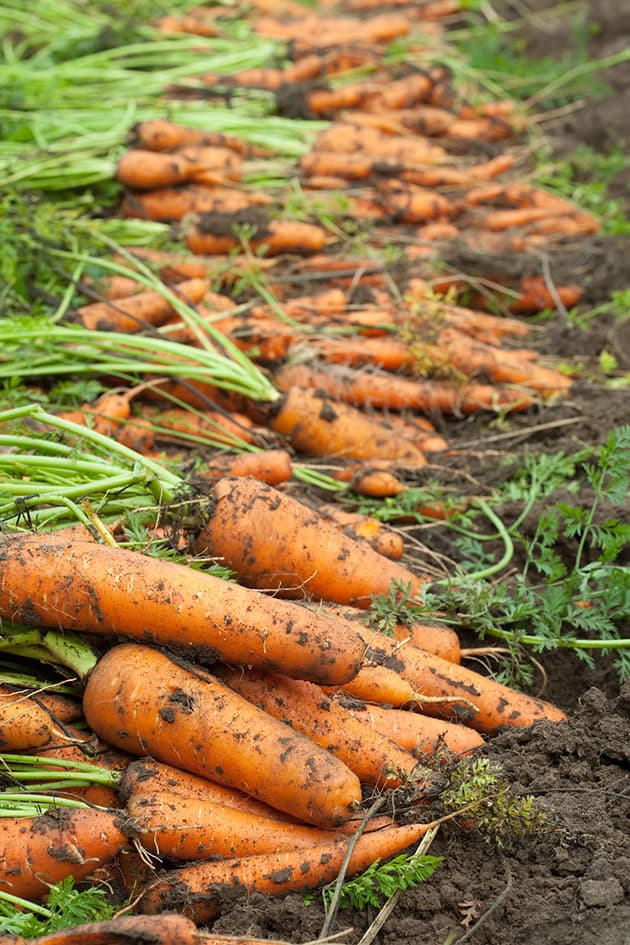

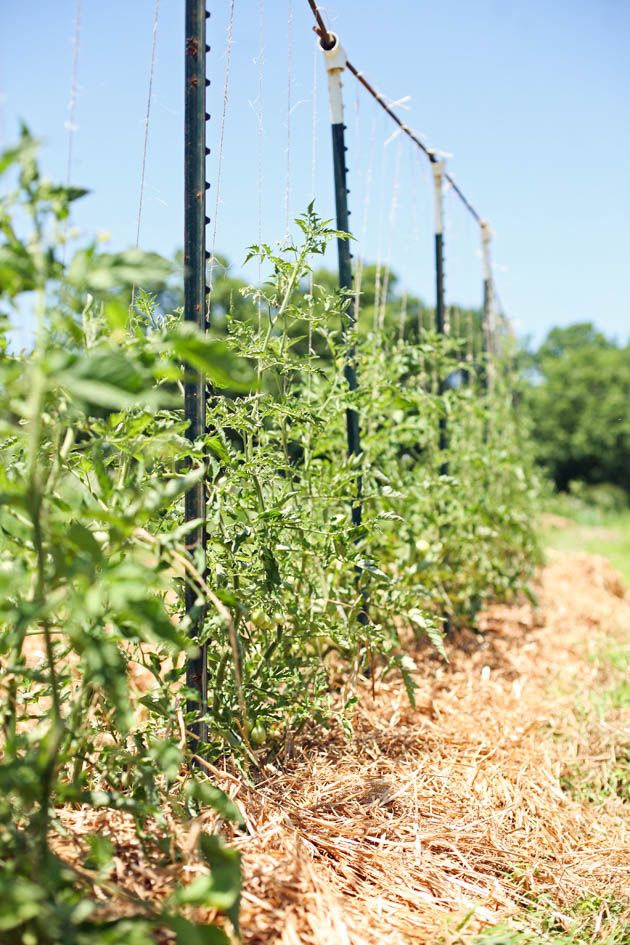
Nice post
Some good tips here, really let a gardening beginner start their journey to a healthy happy garden.
Garden sil is one of the most important things and can’t be stressed enough.
True. It’s also what takes the longest to build. It can take a few years to really build good soil full of organic matter.